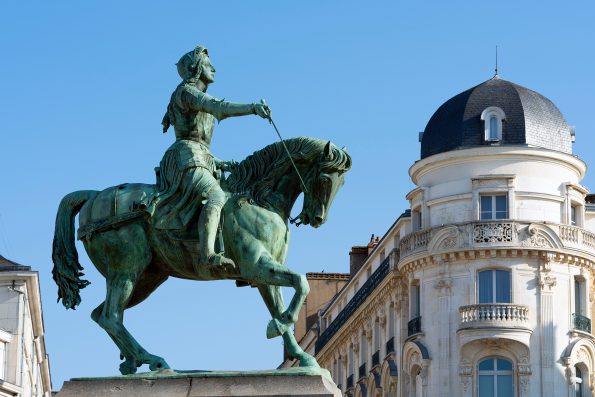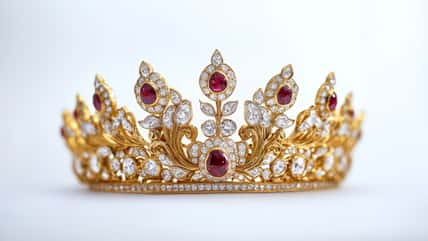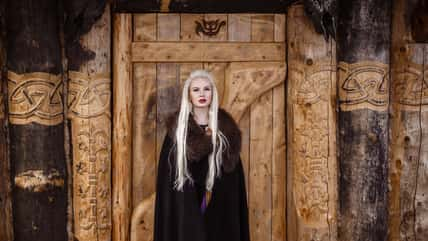She Was Canonized As The Patron Saint Of France And Became One Of History’s Most Famous Female Heroines After Rallying Supporters Of Charles VII And Leading The French Army To Victory In 1429

When people think of some of the world’s earliest feminist icons, Joan of Arc often comes to mind.
Joan of Arc is a symbol of power, a patron saint, and one of history’s most recognized female heroines.
However, as famous as she is, some younger people don’t know much about her story. They only know she was a martyr, died a dramatic death, and rocked an iconic bob.
If you don’t know much about Joan of Arc, here is what you need to know about the legendary French heroine.
Joan of Arc, otherwise known as Jeanne d’Arc, was born in northeastern France around 1412. She was born a peasant and was the daughter of a tenant farmer.
She was not given a traditional education as a child but spent many of her younger years learning about the Catholic church from her mother.
Around this time, France was getting involved in the Hundred Years’ War, a famous series of battles and conflicts between France and England during the late Middle Ages.
After Henry VI became the ruler of both countries in the early 1420s, many villages, including Joan’s, were occupied, and people were forced to leave their homes.
Many scholars believe Joan may have had a mental illness, as when she was a teenager, she allegedly heard voices, making her believe she was receiving messages from God.
She believed God was telling her to overcome France’s enemies and bring the rightful ruler, whom she believed was Charles VII of France, to the throne.

Frédéric Prochasson – stock.adobe.com – illustrative purposes only
In the late 1420s, Joan began traveling and rallying Charles’ supporters, making them follow her as a heroic figure, the woman who would save France.
After gaining some followers, she chopped her hair into her signature short bob and began wearing men’s clothes. She embarked on a journey to meet with Charles and convince him to let her fight for France.
Although his advisors were skeptical of Joan, Charles believed in her and sent her to fight against the English during the siege of Orléans with a relief army in 1429.
Joan heroically led the French to victory during that battle, solidifying her reputation as a powerful warrior. Charles was crowned King Charles VII a few months later.
Later that year, Joan fought in the unsuccessful siege of Paris, as the English and Burgundians occupied the city.
Months later, in 1430, Joan was sent by Charles to fight against Burgundian troops in the town of Compiègne.
While trying to defend the town, Joan fell off her horse and was captured and arrested by enemy troops.
Joan was then sent to trial, where she was charged with several offenses, like witchcraft, dressing like a man, and hearsay. Encouraged to distance himself from Joan, King Charles VII hardly fought to free her despite everything she had done for him.
In 1431, she continued to dress like a man, although she had agreed not to and was sentenced to death. In May 1431, when she was only 19 years old, Joan was burned at the stake.
Although Joan died brutally, her life story and legacy did not die with her. She was canonized by Pope Benedict XV in 1920, and her story as a woman who defied social norms and stood by her beliefs has inspired iconic cultural and artistic works.
Sign up for Chip Chick’s newsletter and get stories like this delivered to your inbox.
More About:Chicks We Love





